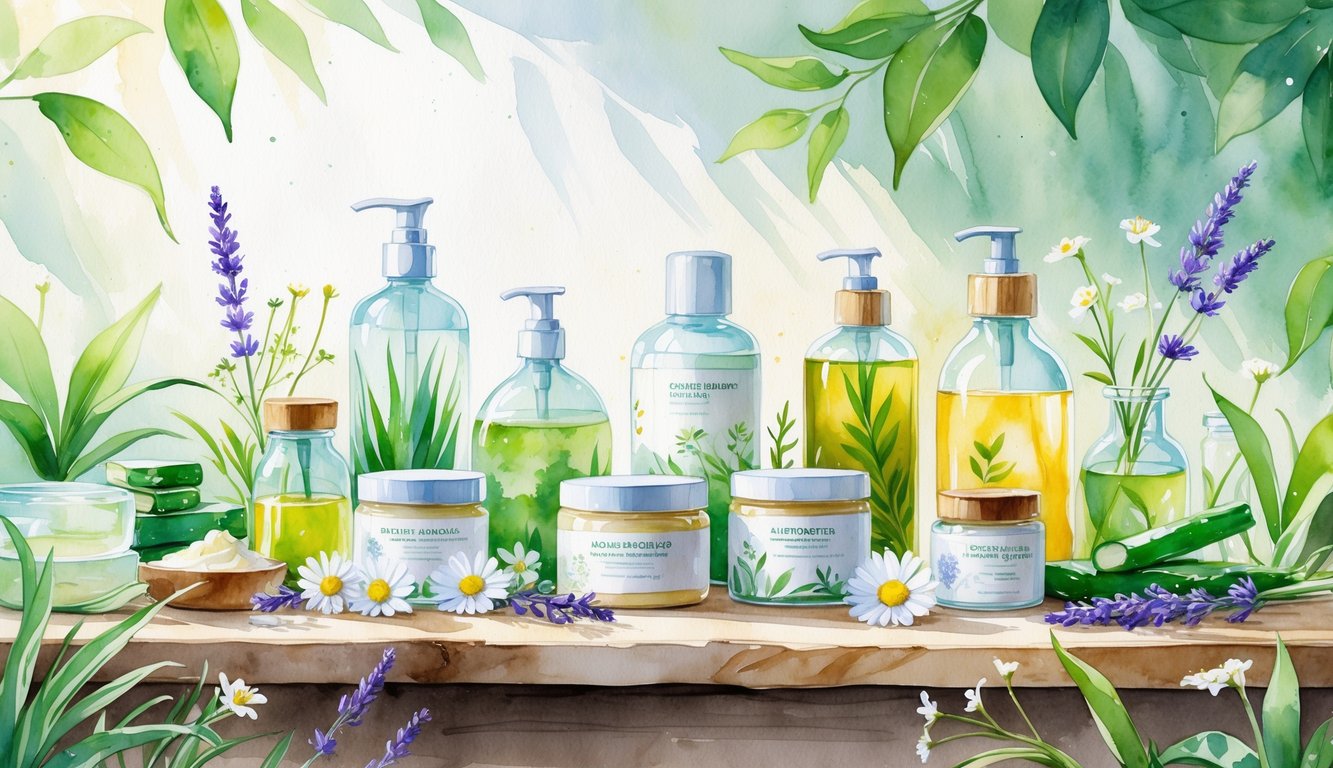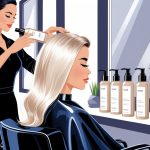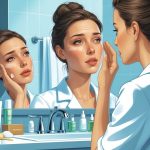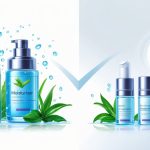Clean Beauty Brands Now Quietly Cutting Harmful Additives Most Adults Miss
You know what’s wild? I’m still annoyed that every “natural” shampoo claims it’s all about argan oil, but then you flip the bottle and it’s a whole periodic table. My dermatologist, bless her, always says, “Skip parabens, fragrance-free is better,” but you stand in the aisle and—surprise!—the “gentle” stuff still has preservatives with names I can’t pronounce. Apparently, clean beauty brands are now yanking out a bunch of weird extras—PEGs, synthetic polymers, microplastics—stuff most adults don’t even realize is in there. I saw The Good Trade’s deep dive: editors spent years on it, all to confirm their favorite brands axed the worst offenders. Did it inspire me to organize my bathroom? Absolutely not. I’m not that person.
So, “clean”—what does that even mean? Is it just another buzzword? I mean, sure, brands are tossing out ingredients that never even made headlines. Who even remembers ethoxylated compounds? I just saw a list of best clean beauty brands that called out stuff I’m pretty sure I forgot about the second I left high school chemistry. There are people who read INCI lists for fun now. I respect it, but honestly, it sounds exhausting. I just want my shampoo to not make my scalp angry.
Dermatologists keep whispering that “hypoallergenic” doesn’t actually mean much. Sometimes companies ditch sulfates, but then sneak in “fragrance” that’s basically a black box. Are regulators even awake? The market’s moving at warp speed, but does anyone at CVS actually care? I only notice any of this when my skin doesn’t freak out halfway through the day. Otherwise, it’s background noise.
What Defines Clean Beauty Brands

I stand in the aisle, reading labels for way too long, and honestly, I’m just guessing if “clean” is a real thing or just clever marketing. I start googling toxic-free promises and ingredient transparency, and suddenly, I’m spiraling about what’s actually in my moisturizer. The more I read, the less I trust any of it. “Clean” means everything and nothing at this point. How did we end up here? Why is “ethical” always so fuzzy?
The Principles of Clean Beauty
Forget those ads with fields of wildflowers—there’s no agreed-upon definition for clean beauty. It’s just vibes. No universal definition. Some brands act like parabens and phthalates are the end of the world, so they ban them. Others just slap “green” on the front and call it a day. Meanwhile, SLS, SLES, synthetic fragrances? Still sneaking in.
And get this: “Natural” ingredients can totally mess you up. Essential oils? Allergies galore. It’s not like there’s a villain and a hero here. Even the EWG Verified logo—supposed to mean something—sometimes sits on products with stuff I’d never put on my face if I actually read the fine print.
One brand bans something, another says it’s fine at “safe” levels. The FDA? Basically on vacation. I tried to find an official government definition and almost passed out from boredom.
Role of Ingredient Transparency
Ever tried to read the back of a conditioner bottle? It’s like trying to translate ancient Greek. Brands love to brag about “full disclosure,” but I still can’t tell if sodium coco-sulfate is better than sodium laureth sulfate. And don’t get me started on those eco-cert labels—are they real? Who checks?
Ingredient lists should be simple, right? But they’re just endless, and half the words are made up. Sephora’s Clean at Sephora thing is basically “here’s what we don’t put in.” That’s it. But any brand can call itself clean—nobody’s checking, except for a few voluntary stamps like “vegan” or “cruelty-free.”
If I email customer support about some mystery ingredient, I usually get a copy-paste reply or nothing at all. Ingredient “transparency” is mostly a myth. It’s like being a detective, but with less fun and more existential dread.
Clean vs Conventional Beauty Products
Trying to compare “clean” to regular beauty stuff? Good luck. What’s even harmful? Retinol, chemical sunscreens—sometimes demonized, but my dermatologist still swears by them. She actually told me, “Clean beauty just swaps one chemical for another.” Natural doesn’t mean safer. It means… less regulated? Maybe.
Clean brands (the ones in those Green Beauty Community articles) love to brag about recycled packaging and cruelty-free status. But the regular stuff? It lasts forever and feels fancier. Sometimes I compare ingredient lists, and I can’t even tell which is supposed to be “bad.” Going clean can mean paying double for something that expires faster. Regular stuff? Hidden additives, but at least it’s familiar. I make lists, I try to decide, and I give up. No one’s regulating any of this, anyway.
Why Harmful Additives Matter in Adult Products
The day I realized my “soothing” hand cream had three parabens, formaldehyde donors, and “fragrance” (whatever that means)—I mean, do companies think grown-ups don’t read labels? It’s not even about the weird chemical names anymore. It’s the familiar stuff you just don’t notice. Nobody’s out here bragging about “invisible toxicity” in their shampoo recs.
Common Harmful Chemicals Often Overlooked
Triclosan? Shows up in toothpaste and “antimicrobial” soaps—FDA and Mayo Clinic say it messes with hormones. I found it in a “natural” mouthwash once. Phthalates? They’re in almost every fragrance, and brands almost never admit it. They’re plasticizers, and their persistence in beauty products is just… weirdly accepted. Nobody wants to talk about it.
Then you’ve got formaldehyde-releasing preservatives in hair straighteners and nail hardeners. Methocinnamate in sunscreen—like, why? Even “clean” laundry detergent can have methylisothiazolinone. “Fragrance” or “parfum”—could be anything. Dermatologists at Harvard Health say even tiny doses add up, and these chemicals just hang out in your body. Out of sight, out of mind, right? Except, not really.
Potential Health Impacts for Adults
Let’s be real—if your skincare routine is twelve steps and you feel fine, cool. But Harvard Health says the average woman gets hit with over a hundred ingredients before lunch. Some wellness speaker (doctor? nutritionist? I forget) once said, “Your scalp basically drinks whatever you put on it.” Gross, but probably true.
Parabens and oxybenzone don’t just irritate your skin. Parabens mimic estrogen, and there’s more and more evidence they mess with hormones and maybe even breast health. Formaldehyde? It’s a known carcinogen. Phthalates? They mess with your reproductive system. My friend switched to “clean” brands and her eczema finally chilled out, but that’s just her. No promises.
The FDA basically admitted last year that they can’t keep up, so brands use “hypoallergenic” and “natural” however they want. If you get migraines from certain scents, maybe blame those mystery chemicals. Nobody agrees on what’s “safe,” so why are these ingredients still everywhere?



